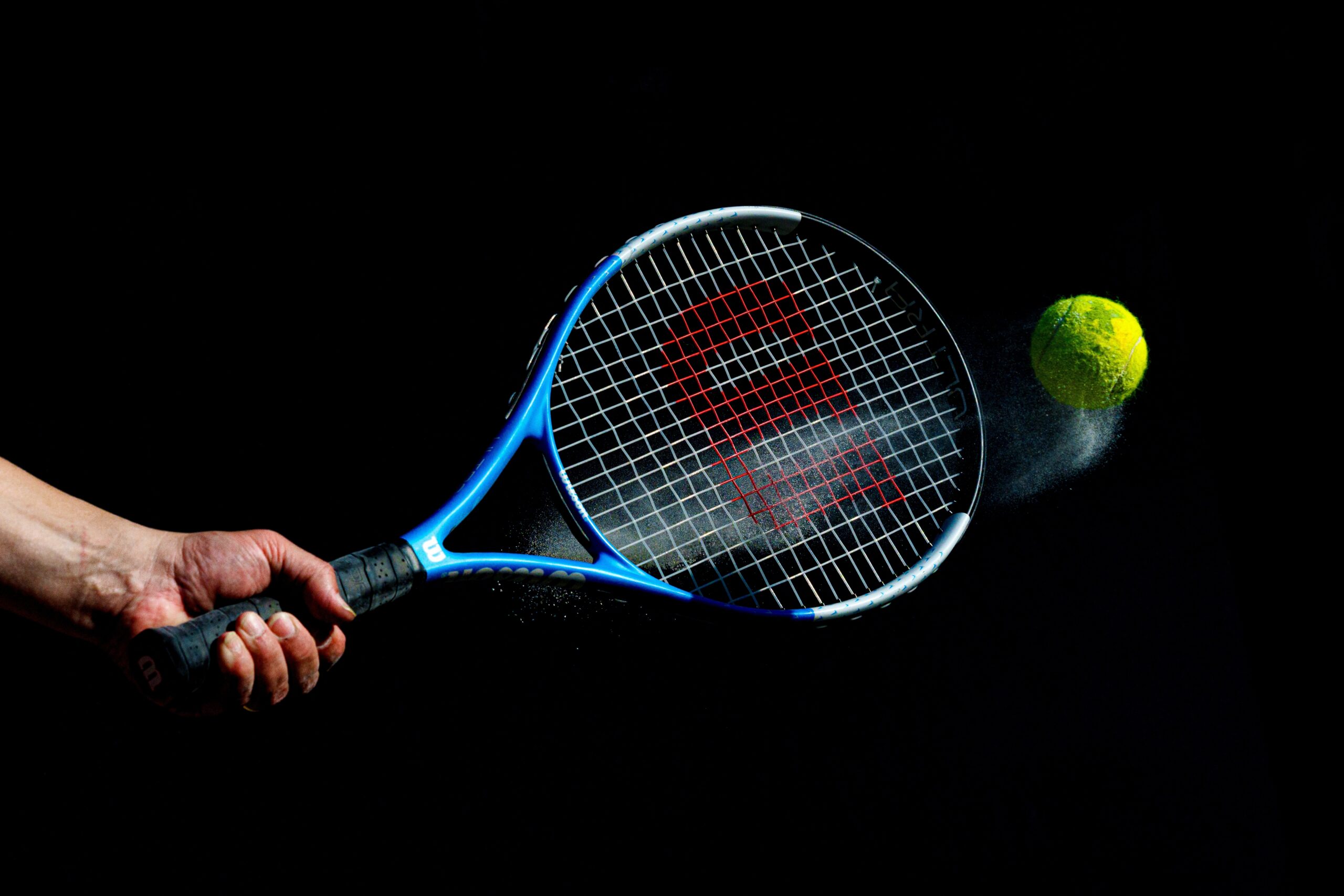Introduction to Teeth Whitening
In today’s world, a bright smile is often associated with health and confidence. Teeth whitening has become increasingly popular as people seek ways to enhance their appearance and boost their self-esteem. This article delves into various teeth whitening methods, examining their effectiveness, safety, and suitability for different individuals. Whether you’re considering professional treatments or at-home solutions, understanding the options available can help you make an informed decision.
Professional Teeth Whitening Treatments
When it comes to achieving noticeable results quickly, professional teeth whitening treatments are a favored choice. These treatments are typically performed by dental professionals and involve the use of high-concentration bleaching agents. One of the most common methods is in-office bleaching, where a strong bleaching gel is applied to the teeth and activated with a special light or laser. This process can lighten teeth by several shades in just one session.
Another professional option is custom-fitted whitening trays. These trays are made from molds of your teeth and filled with a bleaching gel. They are worn for a specified period, usually at home, under the guidance of a dentist. This method offers the advantage of convenience and gradual whitening over a few weeks.
Professional treatments are known for their effectiveness and safety, as they are supervised by dental experts. However, they can be costly and may not be suitable for everyone, especially those with sensitive teeth or certain dental conditions. It’s essential to consult with a dentist to determine the most appropriate treatment for your needs.
At-Home Whitening Kits
For those seeking a more affordable and convenient option, at-home whitening kits offer a viable alternative. These kits are widely available and come in various forms, including whitening strips, gels, and trays. Whitening strips are thin, flexible plastic strips coated with a peroxide-based whitening gel. They are applied directly to the teeth and worn for a specified period, usually daily for a couple of weeks.
Whitening gels are another popular choice. They are applied directly to the teeth using a small brush and work similarly to strips. Some kits also include trays that can be filled with the gel and worn over the teeth. At-home kits generally contain lower concentrations of bleaching agents compared to professional treatments, making them less potent but also gentler on the teeth.
While at-home kits can deliver noticeable results, they require consistent use and patience. It’s important to follow the instructions carefully to avoid overuse, which can lead to tooth sensitivity or gum irritation. These kits are a practical option for individuals looking to maintain their whitening results or achieve a gradual improvement.
Natural Teeth Whitening Methods
For those interested in a more holistic approach, natural teeth whitening methods are worth exploring. These methods often utilize common household ingredients and are perceived as a safer alternative to chemical-based treatments. Popular natural whitening agents include baking soda, hydrogen peroxide, and activated charcoal.
Baking soda is a mild abrasive that can help remove surface stains. It can be used by mixing with water to form a paste and brushing gently on the teeth. Hydrogen peroxide, a natural bleaching agent, can be used as a mouthwash or mixed with baking soda for a whitening paste. Activated charcoal is known for its absorbent properties and can be used to brush the teeth, helping to lift stains.
While natural methods are generally considered safe, they may not offer the same level of effectiveness as professional or at-home treatments. It’s crucial to use these methods with caution, as overuse can damage the enamel. Consulting with a dentist before trying natural remedies is advisable to ensure they are suitable for your dental health.
Maintaining a White Smile
Achieving a whiter smile is just the beginning; maintaining it requires ongoing care. Good oral hygiene practices are essential, including brushing twice daily, flossing, and regular dental check-ups. Additionally, dietary choices can impact the longevity of your whitening results.
To prevent staining, it’s advisable to limit consumption of foods and beverages known to discolor teeth, such as coffee, tea, red wine, and certain berries. Using a straw for beverages can also help minimize contact with the teeth. Smoking is another major contributor to staining and should be avoided for a brighter smile.
For those who have undergone whitening treatments, touch-up sessions may be necessary to maintain the desired shade. These can be done using at-home kits or through periodic professional treatments. By combining these practices, you can enjoy a radiant smile for years to come.








